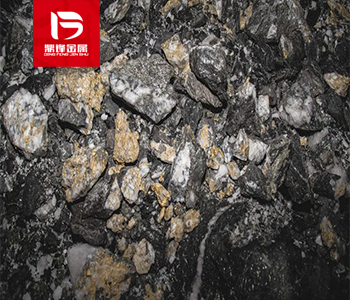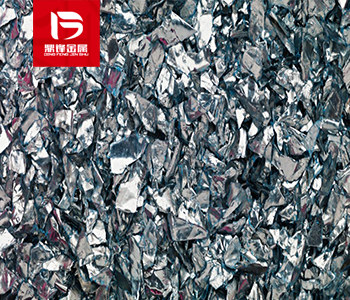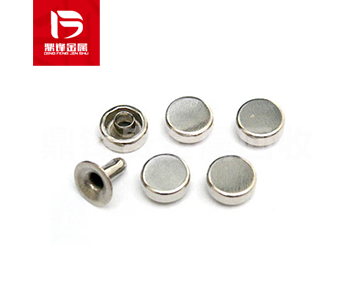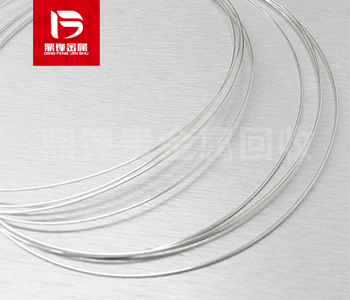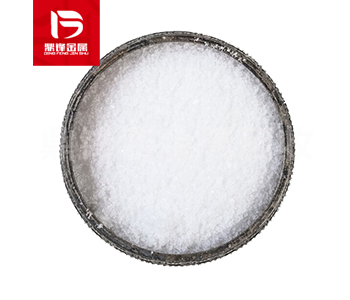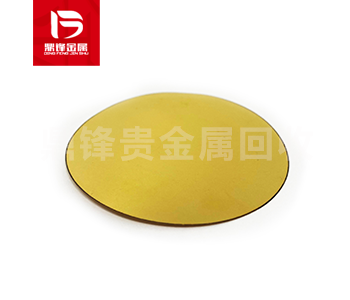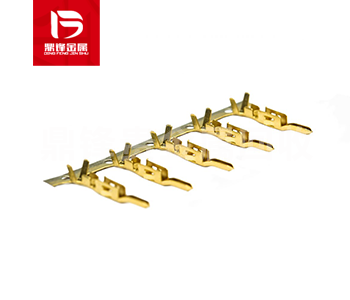Full Step Analysis of Gold and Silver Plating Waste Recycling and Extraction
Gold and silver plating is an important technology that involves plating gold and silver on the surface of metal products to enhance their aesthetics and corrosion resistance. However, over time, thes
Gold and silver plating is an important technology that involves plating gold and silver on the surface of metal products to enhance their aesthetics and corrosion resistance. However, over time, these metal coatings may wear out or become old, requiring recycling treatment. This article will introduce the specific steps of gold and silver plating recycling to ensure the effective recovery and reuse of metal coatings.
Recycling gold and silver plating is an environmentally friendly and economically feasible approach. By recycling old metal coatings, we can reduce the demand for natural resources, reduce waste generation, and save energy. The following are the specific steps for recycling industrial gold and silver plating:
1. Waste collection: Firstly, it is necessary to collect all waste containing gold and silver, including old electronic equipment, discarded circuit boards, discarded cables, discarded gold and silver plated parts, etc. These waste typically contain a certain proportion of gold and silver, but may also contain other impurities.
2. Separation and classification: The collected waste needs to be separated and classified for better treatment. This can be achieved by physical methods, such as crushing, screening and magnetic separation, or chemical methods, such as acid dissolution and Liquid–liquid extraction.
3. Pre treatment: Before actual metal extraction, waste needs to be pre treated. This includes removing impurities and non-metallic parts. For example, chemical methods can be used to remove organic matter and other pollutants.
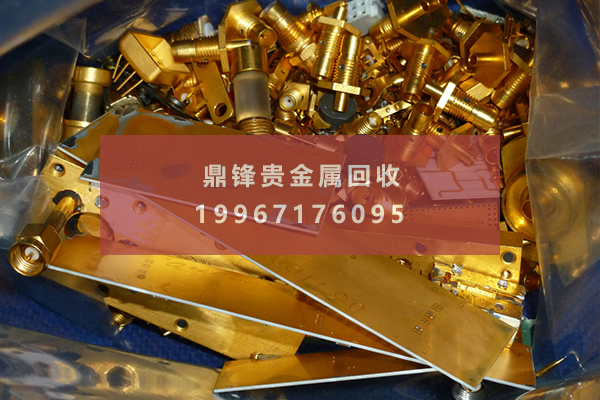
4. Acid dissolution: In this step, the waste is usually placed in a reaction vessel containing an acidic solution. Acids can dissolve gold and silver, separating them from other waste. Commonly used acids include nitric acid and hydrochloric acid. This process is usually carried out under controlled temperature and pressure conditions.
5. Precipitation and filtration: After acid dissolution, gold and silver exist in the solution as metal salts. Gold and silver can be precipitated by adding chemical precipitants, such as sodium hydroxide or hydrogen sulfide. Then separate the precipitate from the solution through filtration.
6. Re dissolution and purification: Sediments usually contain certain impurities, so re dissolution and purification are necessary. This can be achieved by placing the precipitate in a reaction vessel containing appropriate solvents, heating and stirring. Gold and silver will dissolve again and separate from impurities in the solvent.
7. Electrolytic precipitation: The purified gold and silver can be separated by electroanalysis. Place the gold and silver solution into an electrolytic cell, and the metal salt molecules are decomposed into gold and silver ions under the action of current, and precipitate on the anode and cathode. The selective separation of metal ions enables the recovery of gold and silver separately.
Gold and silver plating recycling is an important environmental and economic activity. Through reasonable steps and methods, we can effectively recover and reuse metal coatings, reduce the consumption of natural resources, and reduce environmental pollution. It should be noted that the specific steps of metal recovery and extraction may vary depending on different processes and equipment. In addition, when Chemical process such as acid dissolution and electrolytic precipitation are involved, appropriate safety measures must be taken to ensure the safety of operators and environmental protection.
&Quot; Dingfeng Precious Metals Recycling includes precious metals such as gold, silver, palladium, rhodium, platinum, germanium, iridium, ruthenium, etc. This is our business in precious metal recycling. If you have precious metals such as gold, silver, palladium, rhodium, platinum, germanium, iridium, ruthenium that need to be recycled, please contact us and we will provide you with a satisfactory price& Quot;



